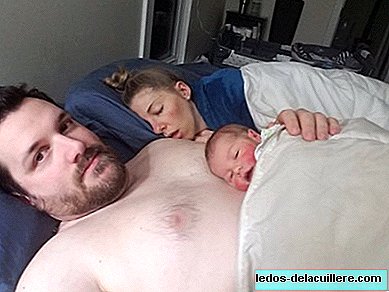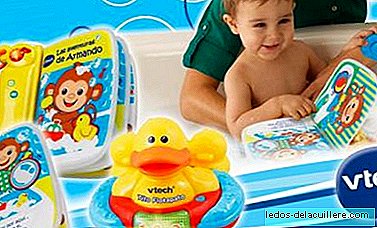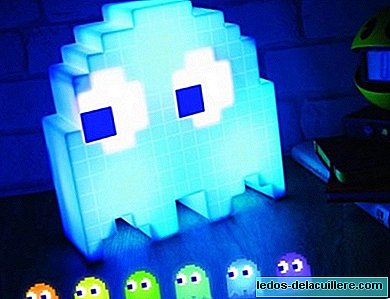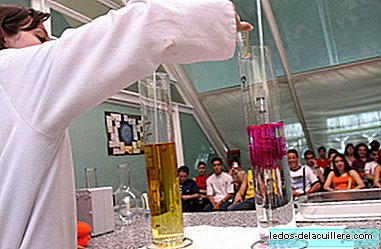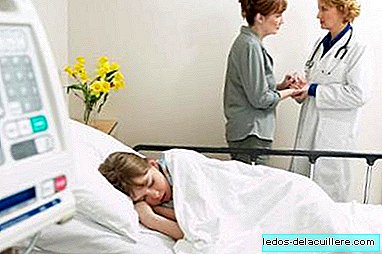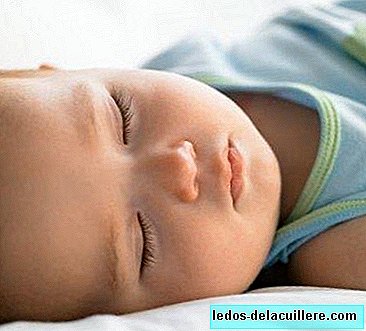
A new study tries to approach the syndrome of sudden infant death, in this case pointing towards a direction that we have already indicated as a factor associated with this death: an excess of temperature while the child sleeps, such as overcoating, overheating or sharing the bed with adults.
According to the study, published in Pediatrics magazineUp to 25% of babies who die from sudden infant death syndrome usually appear with their heads covered with bedding. This supports recommendations to avoid covering babies' heads to reduce the risk.
The team, led by Dr. Edwin A. Mitchell of the University of Auckland, in New Zealand, says British guides recommend placing the baby's feet against the end of the crib to prevent it from sliding under the sheets. Even so, the study explains that you don't know if the covered head causes death or is related to other factors As seems likely.
The report is the result of analyzing data from 393 cases of sudden death from an earlier study (in New Zealand, 1987-1990) and 333 cases in the case-control study in Germany (1998-2001). 15.6 percent of the babies in the study in New Zealand and 28.1 percent of the babies in the study in Germany died from having their heads covered. The data can be seen in this table.
Babies who died with their heads covered they were generally very sweaty, which would show that the head was covered before dying. Older babies, with more advanced motor development, were more likely than younger babies to die with their heads covered.
While the new results support the syndrome prevention measures, the authors concluded that more studies are needed to know how to better prevent babies from covering their heads.
Common sense indicates that sheets and blankets should be low as a preventive measure, so that they do not move upwards and can cover their heads, and keeping a warm temperature in the room will prevent them from cooling down or looking for more clothing.




